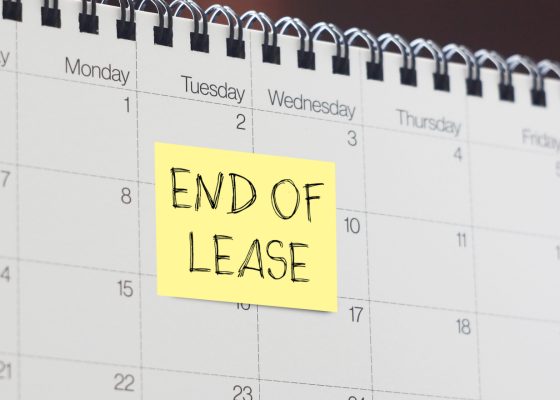And start paying salaried GPs in vulnerable communities, while you're at it.
“Consultations in the private rooms will cost $400. Alternatively, we can refer you to the public outpatient clinic where no charge applies.”
I’ve heard that line dozens of times in private surgeon waiting rooms. No one flinches. In Australia, the public-private divide is baked into specialist care—pay to go faster, or wait if you can’t. It’s accepted. Expected.
I think about that often while working in my GP clinic. One patient—a white-collar professional—pays $110 for a standard consultation. The next is an elderly pensioner with multiple chronic illnesses. I bulk bill her. She can’t afford anything else, and there’s no one else she can see.
So, one patient pays full freight. The other pays nothing. And I carry the moral burden of choosing who gets subsidised care.
But what if that pensioner did have somewhere else to go?
Recently re-elected federal health minister Mark Butler suggested GPs could earn over $400,000 a year by bulk billing alone. That figure is a fantasy—built on flawed modelling and detached from the real economics of primary care.
But if the government really believes it? Then prove it. Fund it. Create salaried GP positions in communities where bulk billing no longer keeps the lights on.
GP clinics in vulnerable areas are closing. These closures aren’t business failures—they’re signs of a failing funding model. If the government is serious about preserving access, it should step in with a public option.
Allow clinics on the brink to transition into government-run practices rather than shut their doors. Give GPs the ability to continue serving their communities—without the burnout, without the financial stress and without relying on personal guilt to plug the gaps in a broken system.
We already do this through publicly funded Aboriginal medical services. Let’s extend the principle. Use market failure to guide public investment, and turn struggling practices into publicly funded clinics that still serve local patients, staffed by salaried clinicians.
Related
These clinics could become the primary care equivalent of teaching hospitals—safe, structured environments where GPs mentor the next generation, deliver research and provide team-based care without the perverse incentives of fee-for-service. They could model a better way of working: equitable, multidisciplinary and built for long-term community health.
I see a future where GPs work across both systems. A few days delivering salaried care in high-need areas. A few more in private practice, for patients who choose to pay. It mirrors how specialists have worked for decades—so why not us?
Younger GPs are hungry for change. They don’t want a universal capitation model—but they do want purpose, support and options.
Mark Butler is already putting money on the table. He’s just looking through the wrong lens. Let’s use that investment to build a dual-track system that actually works—for patients, for clinicians and for the communities that need us most.
Dr Max Mollenkopf is a GP and practice owner in Newcastle, NSW.




